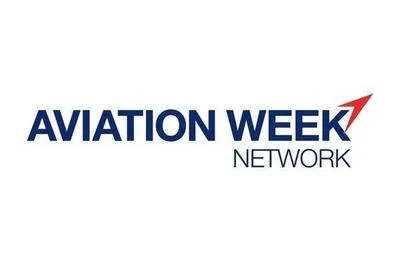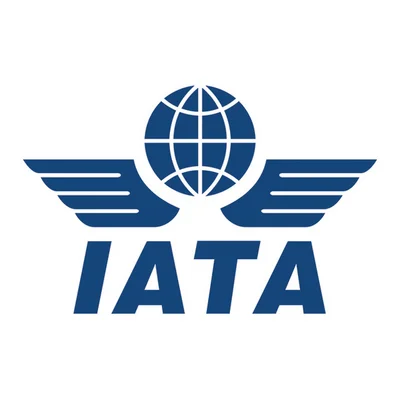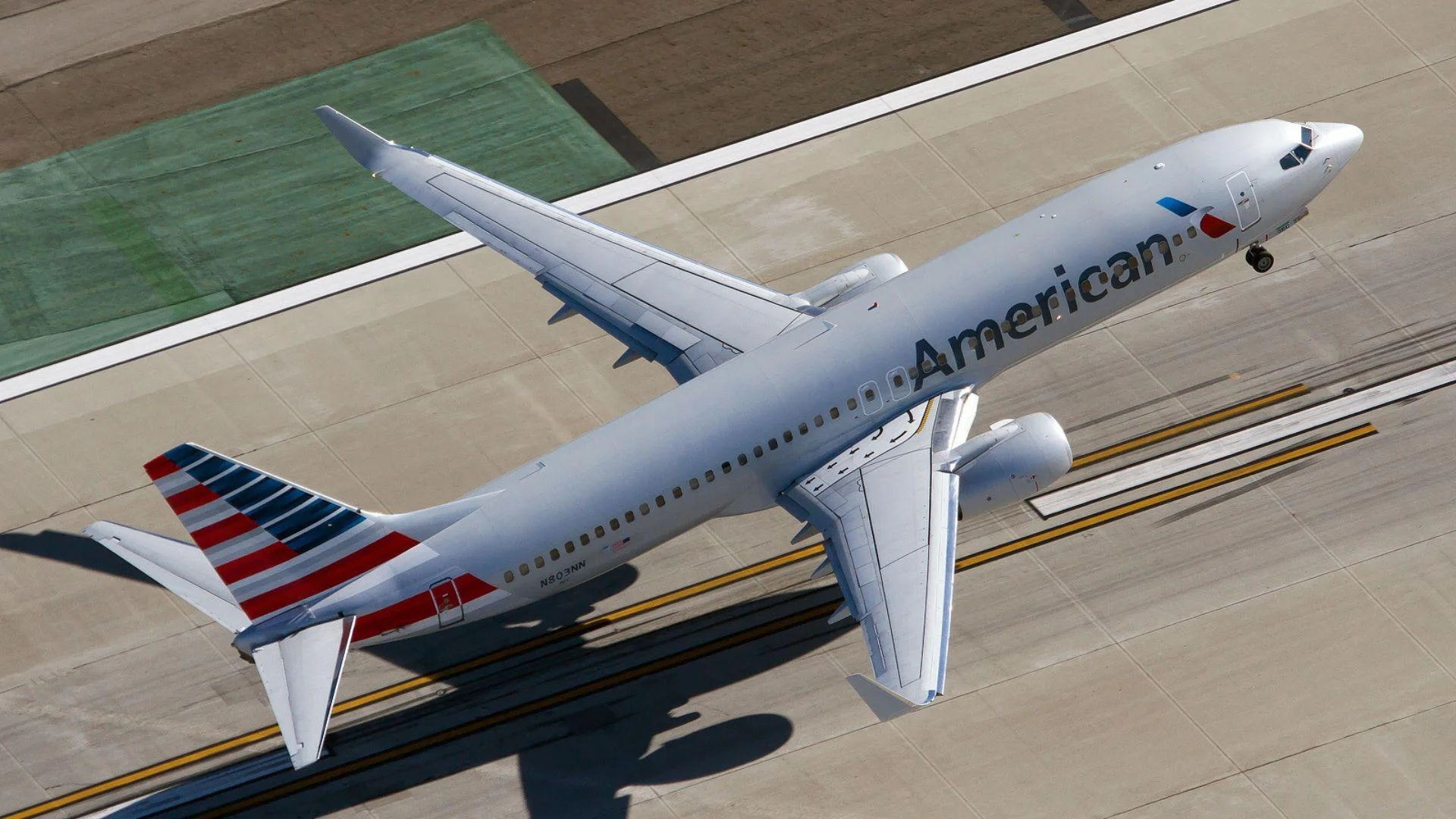The crew climbed to an altitude of 16,000 feet before deciding that DEN was the most suitable airport for diversion. The aircraft landed safely without deviations during approach and landing. However, after reaching the gate and shutting down both engines, passengers reported seeing smoke and fire in the right engine.
Following this development, cabin crew initiated evacuation procedures. The fire was extinguished within a minute by gate ramp staff before DEN firefighting teams arrived. There were 172 passengers on board along with four cabin crew members and two flight crew members. Twelve passengers sustained minor injuries as per NTSB reports. Video footage from DEN operations showed fluid leaking from beneath the right engine nacelle while taxiing.
The American Airlines Boeing 737-800 suffered substantial damage. An inspection revealed dark streaks and soot on its aft and underside consistent with airflow and ground fire damage. Further examination found all fan blades present but one had a broken platform; also noted was loose lockwire on a fuel fitting for variable stator vane (VSV), installed incorrectly causing fuel leakage.
This particular aircraft is a 13.3-year-old model capable of seating up to 172 passengers across three classes: business class seats sixteen; economy plus accommodates thirty; economy class holds one hundred twenty-six as per ch-aviation data powered by CFM56-7B turbofan engines according Flightradar24.com records showing return service June first two thousand twenty-five over two months post incident.
During evacuation some escape slides failed deploying properly forcing passengers exit through L1 door left overwing window exits R2 door utilizing jetway bridge those using L1 route while L2 slide jammed inside preventing function discovered afterward lying floor passageway safety pin intact latch moved freely scuff marks tear girt fabric center noted upon inspection
 Alerts Sign-up
Alerts Sign-up




































